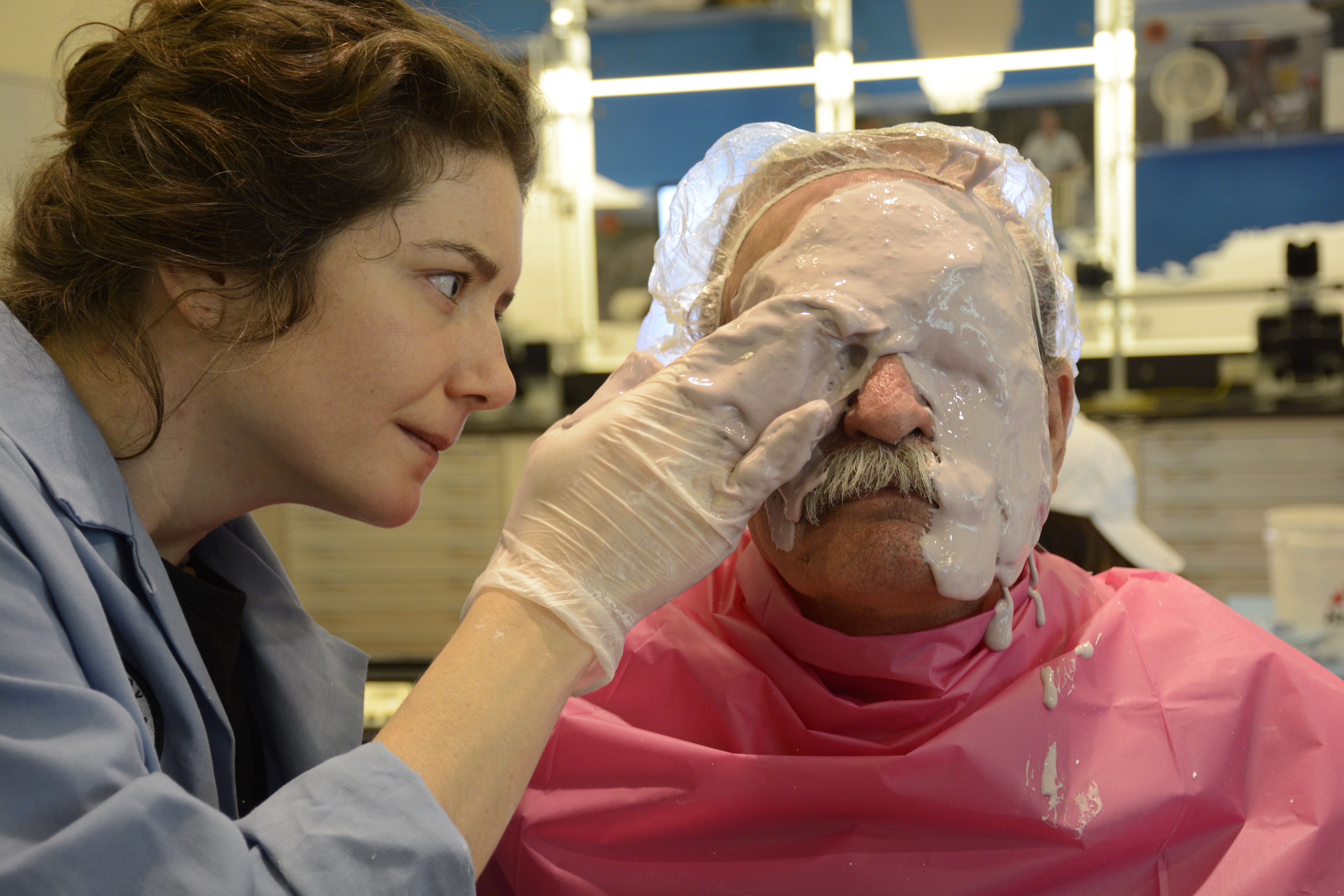Anthropology, Museums and the Body: Lessons from an Experimental Teaching Environment
DOI:
https://doi.org/10.29311/mas.v17i3.2874Keywords:
interdisciplinary teaching, the body, ethicsAbstract
With increased interests in solving complex problems through interdisciplinary research—how best can museums engage with and benefit from such an approach? At the same time, how can we address critical questions, methods, and ethics surrounding the study of humans within museums? In order to engage with these questions, an interdisciplinary group of curators, artists and students worked together at the Smithsonian Institution to create an experimental teaching environment to rethink the disciplinary boundaries around the study of the human body. Our aim was to use a range of anthropological, art and science collections and readings to tackle issues such as race, gender, genetics, and disability, and the historic inequities resulting from colonialism. We discuss here this endeavor, including the public program we developed—the Face Cast Lab—as well as lessons learned about who affects change through this type of museum-based teaching.

Additional Files
Published
How to Cite
Issue
Section
License
Copyright remains with the author(s) of the article. This article can be re-used according to the terms of the CC BY-NC-ND 4.0 licence.



